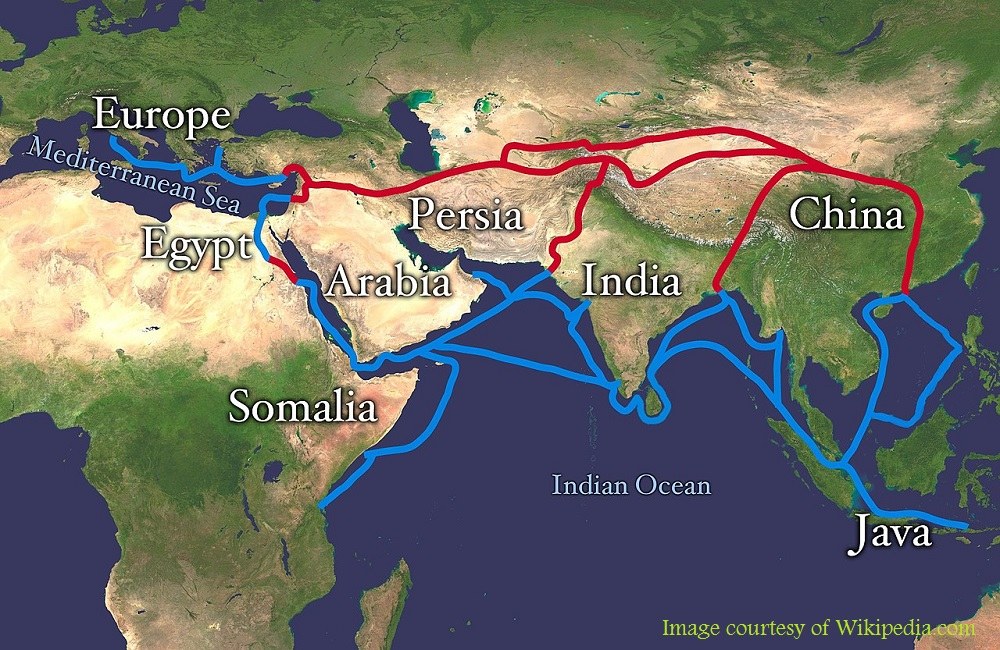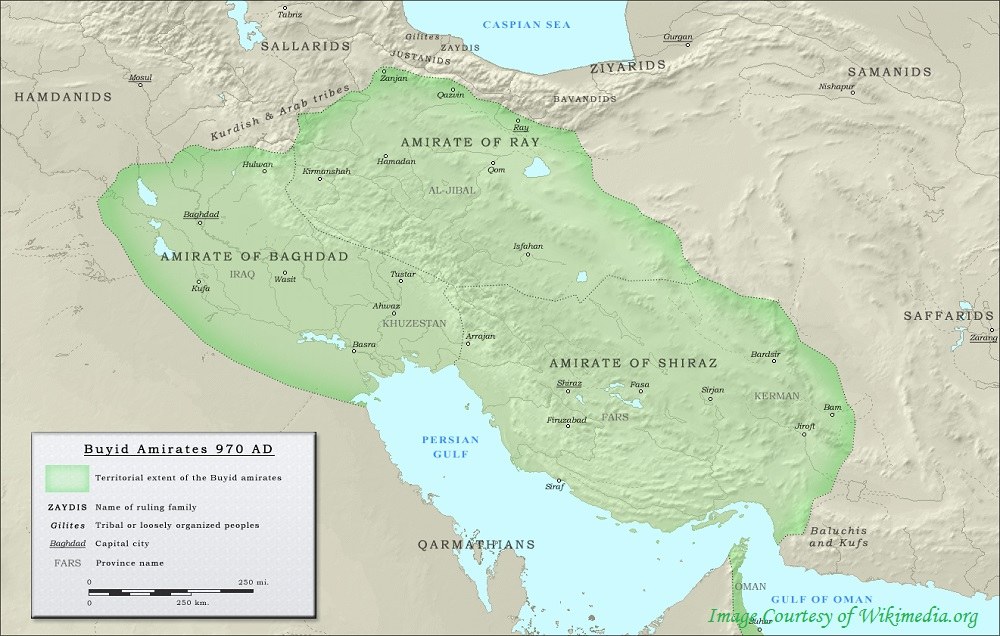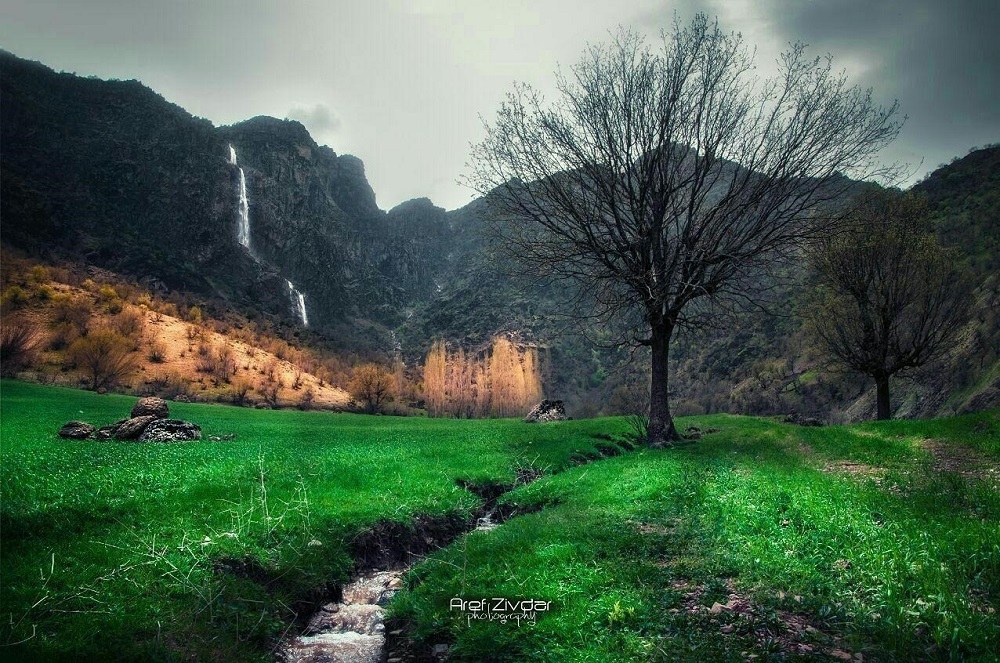
Located in the western region of Iran, Khorramabad Valley is one of the untamed and pristine areas with a rich history and significant culture and civilization. The high potential for environmental living conditions and the variety of historical remnants have attracted the societies since the Paleolithic period.
According to the researchers and archaeological findings, Khorramabad Valley has always been considered a communication link among surrounding areas and also a major human settlement during the pre-Islam era, the Copper Age, and the contemporary history.
History of Khorramabad Valley and the City Name
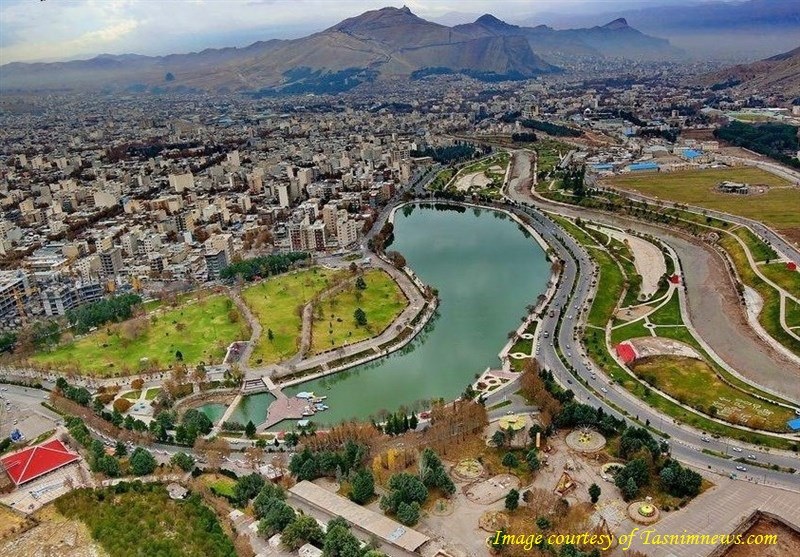
The city of Shapurkhast (current Khorram Aabad) was one of the most important and developed cities in the Sassanid era founded by Shapur II. Unfortunately, after the Mongols’ conquest of Khwarezmia, the buildings of the Shapurkhast city were all destroyed and nothing was left of them but ruins.
The name of the Khorramabad Valley did not exist in historical texts until the decline of the Mongol’s rule, in the late 13th century. With the fall of the Khwarazmian dynasty and the Mongol Empire, in the 14th century, the ancient Iranian civilization left its marks around the castle of Falak-ol-Aflak, and the rich civilization of Khorramabad Valley gradually began to flourish.
The prosperity of the Khorram Abad Valley began from the Safavid era, during the reign of Shah Abbas I, and continued until the Qajar and the Zand dynasties.
A Brief History of Khorram Abad Valley
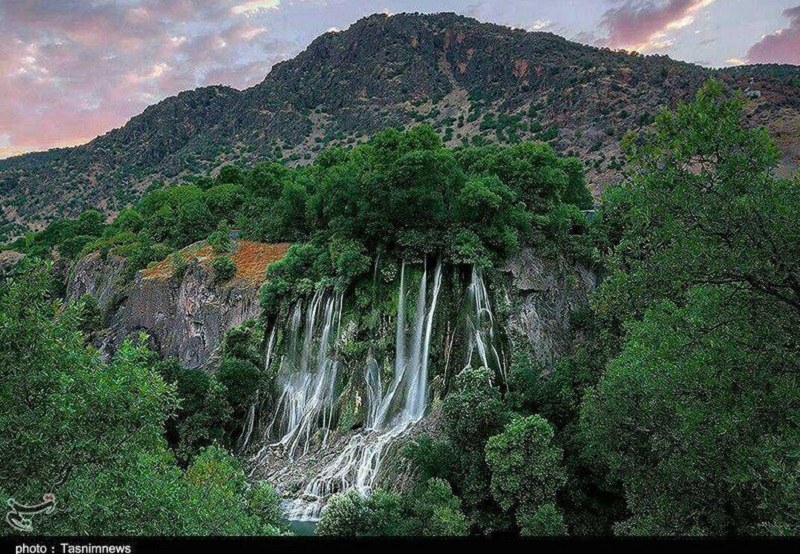
Epigraphs, beautiful and untamed nature, streams and historical monuments represent the gradual prosperity of civilization and settlement in Khorramabad Valley. Throughout history, Khorramabad city has been the pathway of the Seljuk, Hasanuyid, Sassanid, Atabek, Safavid, Qajar and Pahlavi dynasties.
For the last 100 years, the archaeologists have surveyed Khorram Abad Valley. The ancient and historical studies related to the Stone and Copper Ages are very few, and most studies are related to the Paleolithic period, cave exploration, rock shelters, Shapurkhast City and Aflak Castle.
Many historians, archaeologists, and scholars have been studying Iranian civilization in Khorramabad Valley for many years. The results of all their findings indicate Khorram Abad’s particular characteristics. In 1950, Henry Field collected stone tools related to the Paleolithic period in Konji Cave of Khorram Abad. In 1975, Wright and his colleagues discovered the potteries in Konji Cave; according to the research group, these objects are related to Godin Period.
Archaeological evidence of Copper Age in Khorramabad Valley indicates that there had been disruptions in its history. This area had its own unique features, including a particular local culture, making it different from other areas in the Zagros region.
Climate and Geography of Khorramabad Valley
Khorramabad is a city with a mountainous climate and pristine landscapes. The city overlooks Boroujerd and Selseleh counties from the north, Aligoudarz and Doroud counties from the east, Andimeshk County of Khuzestan Province from the south and the counties around Pol-e Dokhtar County from the west.
The climate of Khorram Aabad Valley is Mediterranean and moderate, and the rainfall is relatively higher than other surrounding cities. The semi-humid climates of the region have led to the emergence of a variety of plant species and underground springs inside the city. In winter, the amount of humidity and precipitation in the valley reaches its maximum.
According to meteorological reports, the maximum temperature in the Khorram Abad valley is 47°C, the minimum is -14°C and the average is 17.2°C. It has a semi-humid climate with hot summers and relatively cold winters.
Khorram Abad Valley is in drought conditions approximately half of the year; the period of drought ends in the middle of November. Rainfall, temperature changes during the day and night and humidity are the most important factors affecting the climate diversity and vegetation of the area, making it a desirable living area from a long time ago.
Monuments: a Symbol of Ancient Iranian Civilizations in Khorram Abad Valley
Khorramabad Valley is one of the most beautiful regions in Iran that houses many impressive ancient builds. Here are the most important attractions of the valley in Lorestan Province:
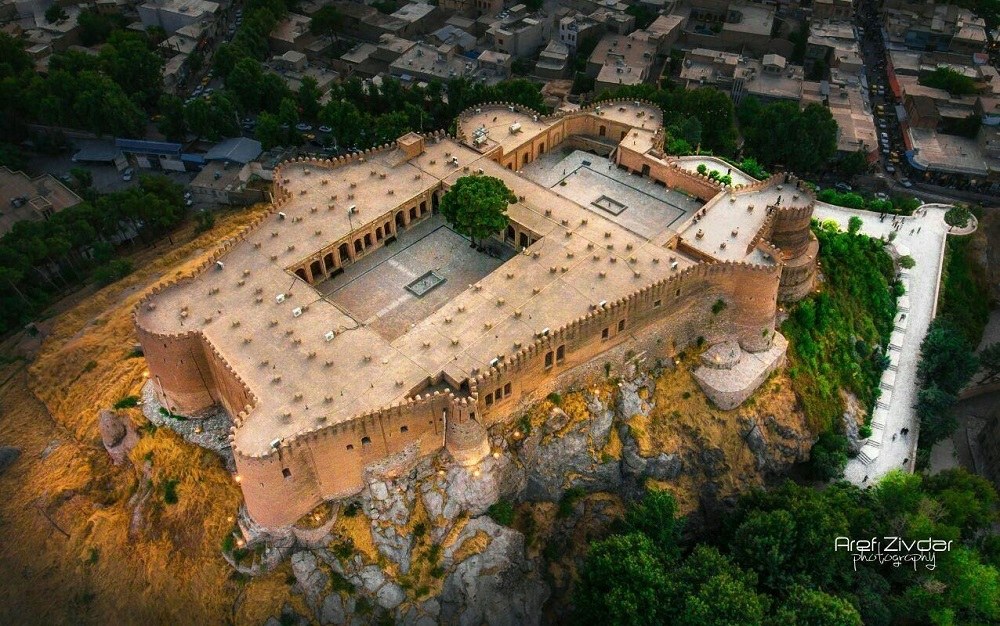
- Falak-ol-Aflak Castle: the construction of this gigantic structure dates back to the Sassanid Empire. The current castle was repaired around the 13th century.
- Sang Nebeshteh: the word means “Epigraphy” in Persian. This is a stone inscription written in Kufic and Persian scripts. The construction of the ancient structure dates back to the Seljuk era about the 12th century.
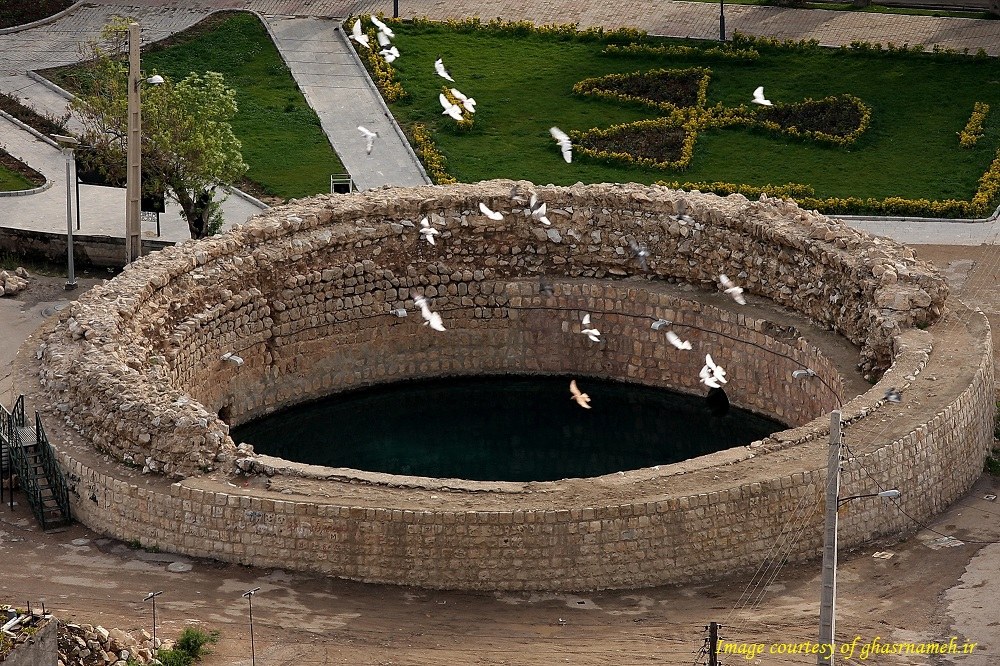
- Gerdab-e Sangi: this historic stone-made cistern has remained from Sassanid era, around the 3rd century.
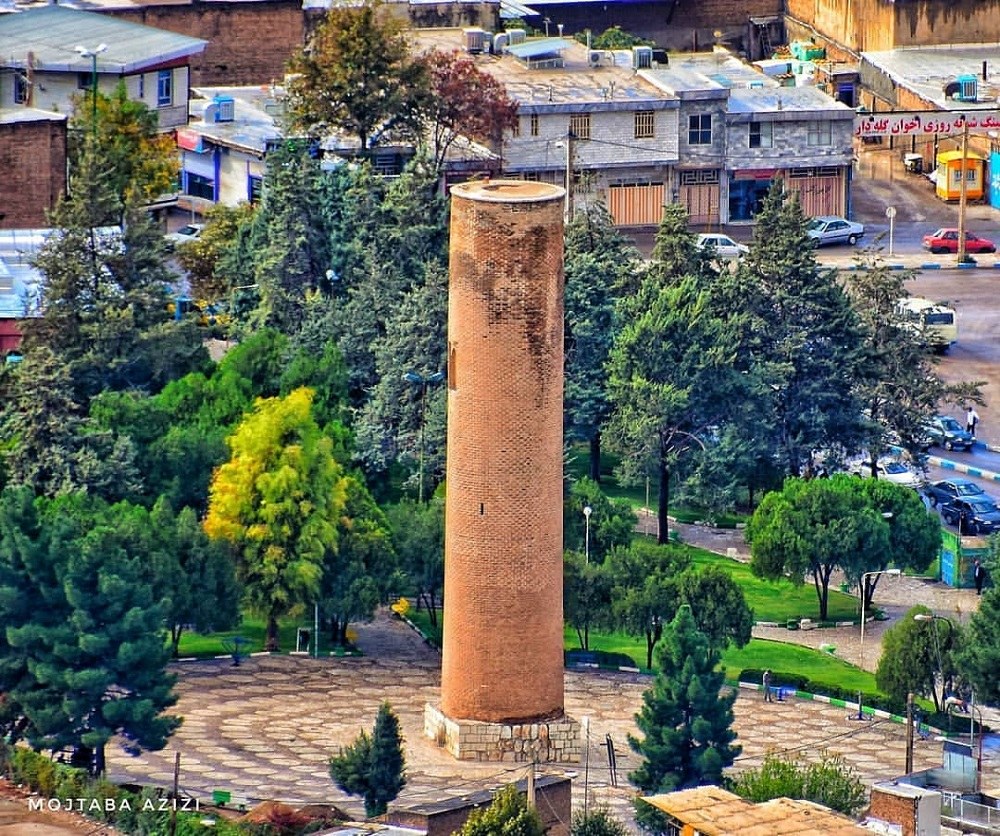
- Brick Minaret: with a height of 30 meters and its 99 stairs, this historical minaret is located on a rocky platform. The structure dates back to 10th century.
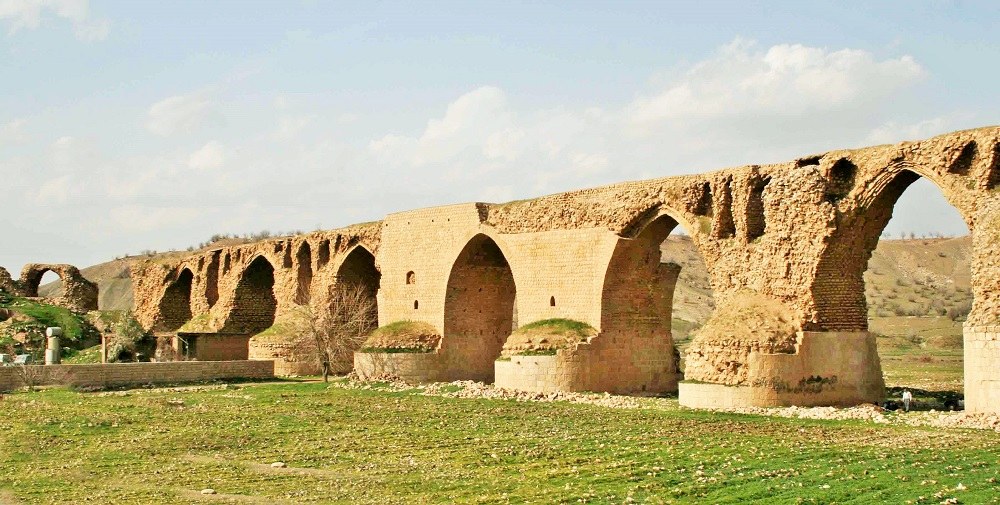
- Shapouri Bridge: the bridge is also known as the broken bridge and dates back to the Sassanid era.
- Gap Complex: this historical bath dates back to the Safavid era.
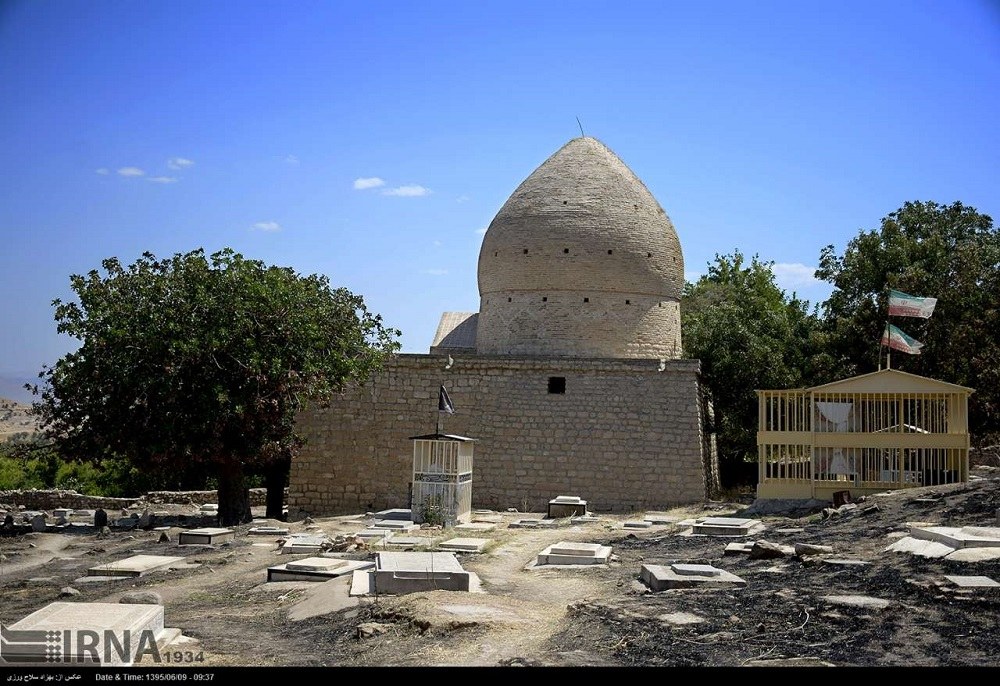
- Shoja’eddin Khorshid Shrine: This building was constructed during the Safavid and the Hazaraspids dynasties; it coincided with the reign of Shujaeddin Khorshid.
- Brick Bridge: the bridge dates back to the Safavid era.
- Shahanshah Caravansary: this building was constructed during the Safavid era.
Importance of Khorram Abad Valley in the Formation of Ancient Iranian Civilization in Western Iran
The rise and fall of different dynasties and governments in Khorramabad has led to the emergence of historic remains and cultures in the area. All tourist attractions located in Khorram Abad Valley are related to different periods of Iranian history. Here are two objective examples:
- The historical and magnificent castle of Falak-ol-Aflak dates back to the Sassanid era, and
- Brick Minaret belongs to the 10th century and Sang Nebeshteh dates back to the 12th century.
The various structures related to different historical periods in Khorram Abad Valley indicates how the ancient Iranian civilizations formed in this region of Lorestan Province.
The favorable temperature and humidity required for farming and sedentism in this area of the Iranian plateau were among the climatic factors affecting the formation of ancient Iranian civilization in Western Iran.
The culture and traditional clothing of the people of Khorramabad, predominantly Lurs, indicate mainly the richness of the ancient civilization of the region.
Women’s costume in Khorram Abad Province includes beautiful head covers and long dresses with attractive colors. Lur men’s costume includes a headwear, a suit, and local Lorestan trousers. So, all of the costumes reflect the long history behind the native culture of clothing in the valley. Of course, younger people wear colorful clothes and elders prefer darker ones.






